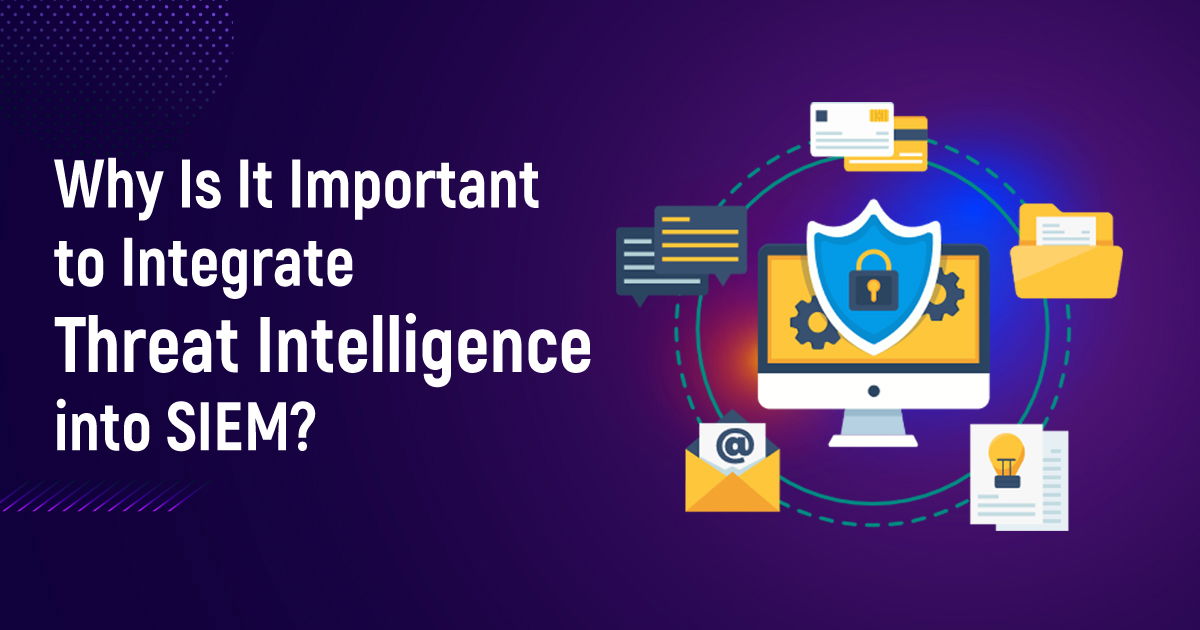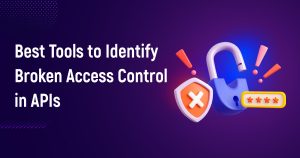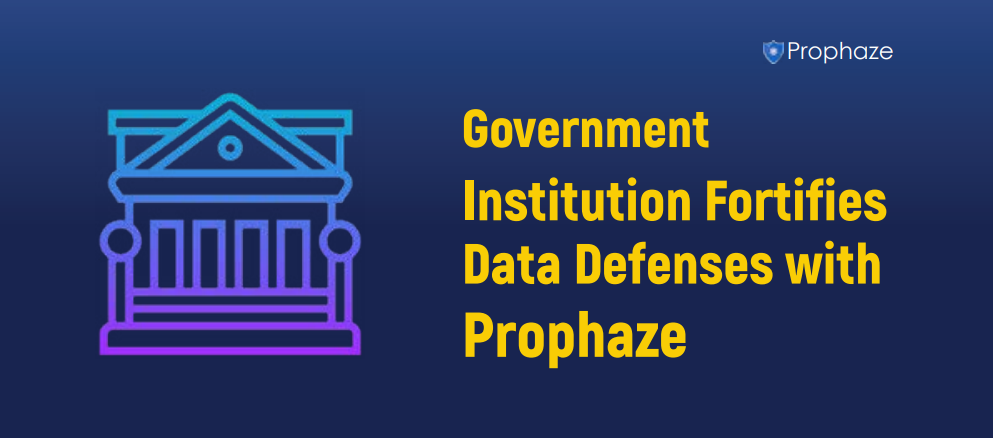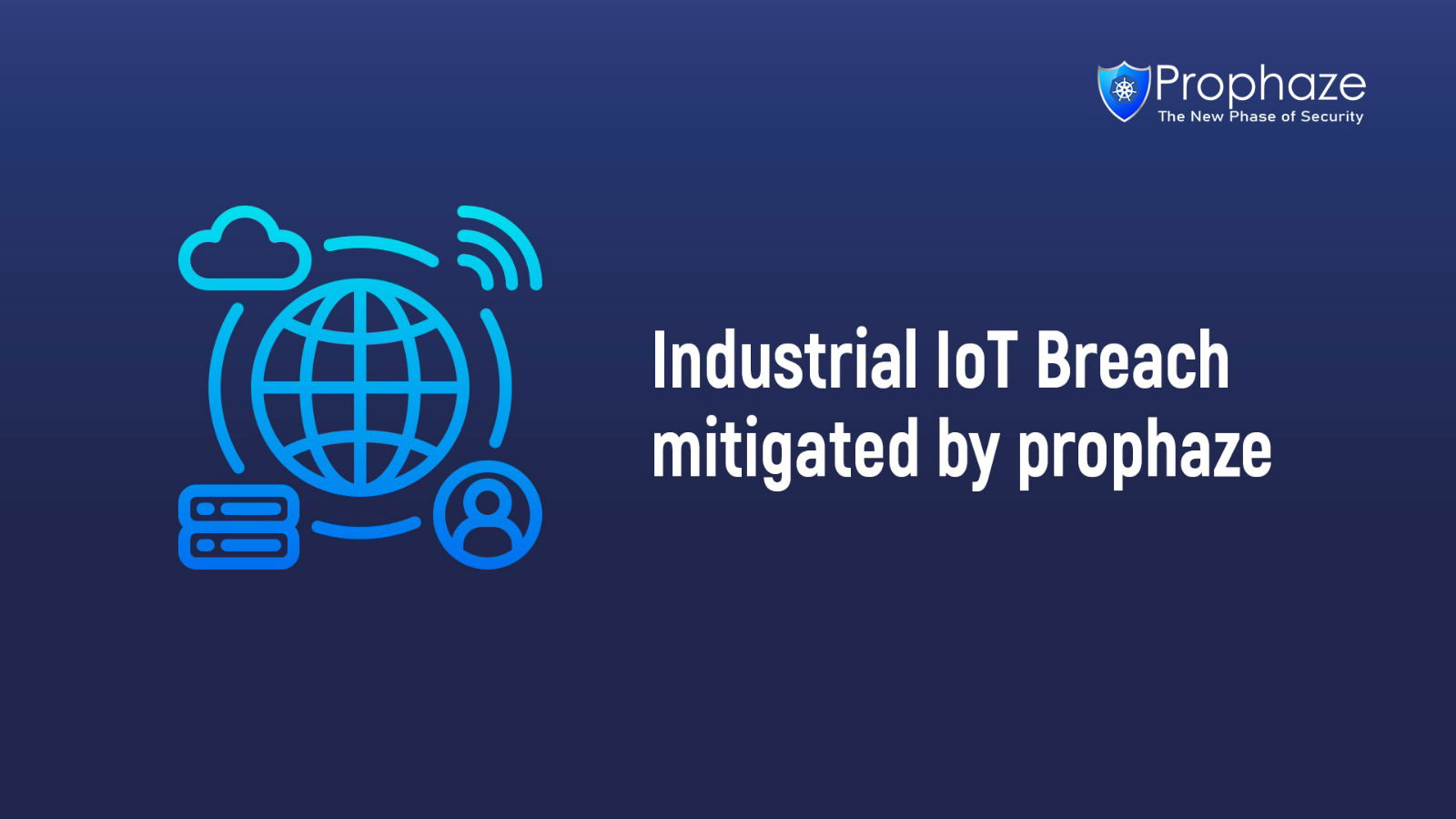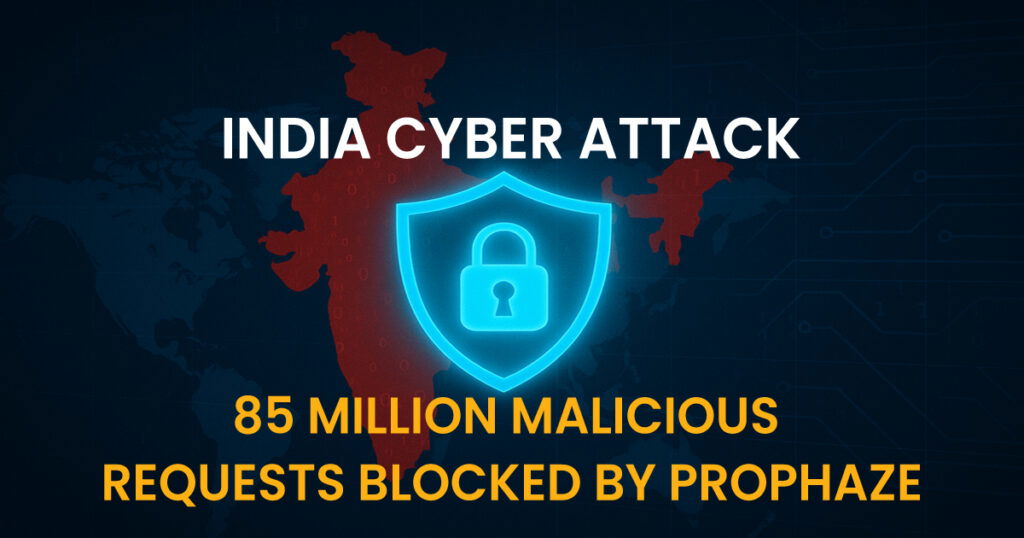In today’s ever-evolving cybersecurity landscape, organizations must be proactive in identifying and mitigating threats. One of the most effective ways to increase your security posture is to integrate threat intelligence into security information and event management (SIEM) systems. But how can you seamlessly integrate these tools to maximize safety? This blog will walk you through the process, explaining the benefits, challenges and best practices of integrating Threat Intelligence into a SIEM.
What Is Threat Intelligence and Why Is It Important?
Threat intelligence involves the collection, analysis and use of information about potential or current cyber threats to improve an organization’s security measures It helps security teams understand the tactics, channels and tactics (TTP) of attackers use it to effectively anticipate and respond to threats.
What Role Does SIEM Play in Cybersecurity?
SIEM systems are designed to collect, analyze, and integrate security data from various sources within an organization’s IT infrastructure. They provide real-time analysis, alerts and reporting, enabling organizations to quickly identify and respond to security incidents. By integrating Threat Intelligence into a SIEM, you can increase the system’s ability to anticipate and respond to emerging threats.
Why Should You Integrate Threat Intelligence with SIEM?
By integrating Threat Intelligence into SIEM, organizations can do the following:
Enhance Threat Detection:
Threat Intelligence provides SIEM with up-to-date information about known threats, enabling the system to identify and associate suspicious activities that exactly match these threats.
Improve Incident Response:
SIEM systems with threat intelligence prioritize alerts based on the severity and relevance of threats, helping security teams respond more effectively and efficiently.
Reduce False Positives:
By linking SIEM data to certified threat intelligence, organizations can reduce the number of false positives, allowing security teams to focus on real threats.
Automate Threat Mitigation:
Automate threat mitigation: Adding threat intelligence to a SIEM enables automated responses to specific threats, reducing the time it takes to contain an attack.
How to Integrate Threat Intelligence with SIEM?
Adding Threat Intelligence to your SIEM strategy requires several key steps:
Assess Your Current SIEM Capabilities:
Start by assessing your existing SIEM infrastructure to ensure it supports Threat Intelligence integration. Consider a SIEM’s compatibility with Threat Intelligence feeds and its ability to process new data.
Choose the Right Threat Intelligence Feeds:
Choose the threat notification feeds that meet your organization’s specific needs. These feeds can contain data on indicators of compromise (IOCs), malware signatures, phishing URLs and more. Make sure the feeds are reputable, regularly updated, and relevant to your industry.
Integrate the Threat Intelligence Feeds:
Configure your SIEM system to generate data from your selected Threat Intelligence feeds. These policies typically establish APIs or other integration mechanisms that provide seamless data flow between the Threat Intelligence provider and the SIEM system.
Correlate Threat Intelligence with SIEM Data:
Once threat intelligence data is integrated, configure your SIEM to match this data with existing logs and events. These relationships enable SIEM to identify patterns, anomalies, or behaviors that indicate potential security risks.
Set Up Alerts and Automated Responses:
Configure the SIEM system to generate alerts based on relevant threat information. You can also configure active responses to specific threats, such as blocking malicious IP addresses or isolating compromised systems.
Regularly Update and Tune the Integration:
Threat scenarios are constantly evolving, so it’s important to regularly tune your SIEM rules by updating your Threat Intelligence feed. Continuous updates ensure that your SIEM infrastructure can effectively detect and respond to the latest threats.
Monitor and Review Performance:
Continuously monitor the performance of the integrated system. Evaluate the effectiveness of threat intelligence integration by reviewing incident response time, false positives, and threat detection accuracy.
What Are the Challenges of Integrating Threat Intelligence with SIEM?
While integrating Threat Intelligence into a SIEM offers many benefits, it also comes with some challenges:
Data Overload:
Combining multiple threat intelligence feeds can cause a SIEM system to overwhelm data, causing potential performance issues. To minimize this, carefully select relevant Threat Intelligence feeds and remove irrelevant information.
Complexity in Integration:
The integration process can be difficult, especially if the SIEM system is not designed to handle Threat Intelligence data natively the use of APIs, custom scripts, or third-party connectors can help to the integration process has been weakened.
Maintaining Data Accuracy:
Ensuring that threat intelligence data is accurate, timely, and relevant is critical to integration success. Review and update your Threat Intelligence sources regularly to ensure data accuracy.
Balancing Automation and Control:
While automation can enhance incident response, it’s essential to maintain control over critical security decisions. Implement a balance between automated responses and human oversight to avoid unintended consequences.
Best Practices for Integrating Threat Intelligence with SIEM

Follow these best practices to ensure a smooth integration:
Align Threat Intelligence with Business Goals:
Identify threat notification feeds that align with your organization’s specific security goals and business needs. This process ensures that the integration adds value to your overall security posture.
Prioritize High-Value Threats:
Focus on integrating threat intelligence on risks that are important to your organization. Prioritizing high-value threats allows your SIEM program to focus on the most critical security issues.
Foster Collaboration Between Teams:
Promote collaboration between your security, IT and operations teams. Effective communication ensures that threat intelligence is used in a way that supports overall business objectives.
Regularly Review and Update:
The cybersecurity landscape is dynamic, so it’s important to regularly review and update your Threat Intelligence feeds and SIEM rules. Stay informed of emerging threats and adjust your coalition accordingly.
Invest in Training and Awareness:
Make sure your security team is well trained in implementing the integrated system. Raise awareness of the importance of threat intelligence and SIEM by providing ongoing training and maintaining a strong security posture.
Can Threat Intelligence and SIEM Integration Transform Your Security Strategy?
Integrating Threat Intelligence with SIEM is a powerful way to enhance your organization’s security capabilities. By combining real-time data analysis with up-to-date Threat Intelligence, you can improve threat detection, streamline incident response, and reduce false positives. However, successful integration requires careful planning, continuous monitoring, and regular updates to ensure your SIEM system remains effective against evolving cyber threats.
As cyber threats become more sophisticated, the integration of Threat Intelligence with SIEM is not just an option—it’s a necessity. By following best practices and addressing common challenges, you can transform your security strategy and stay ahead of the curve in protecting your digital assets.

